Chhatrapati Shivaji Maharaj Jayanti 2025 is observed on February 19, celebrating his 395th birth anniversary and honoring his legacy of Swarajya and valor.
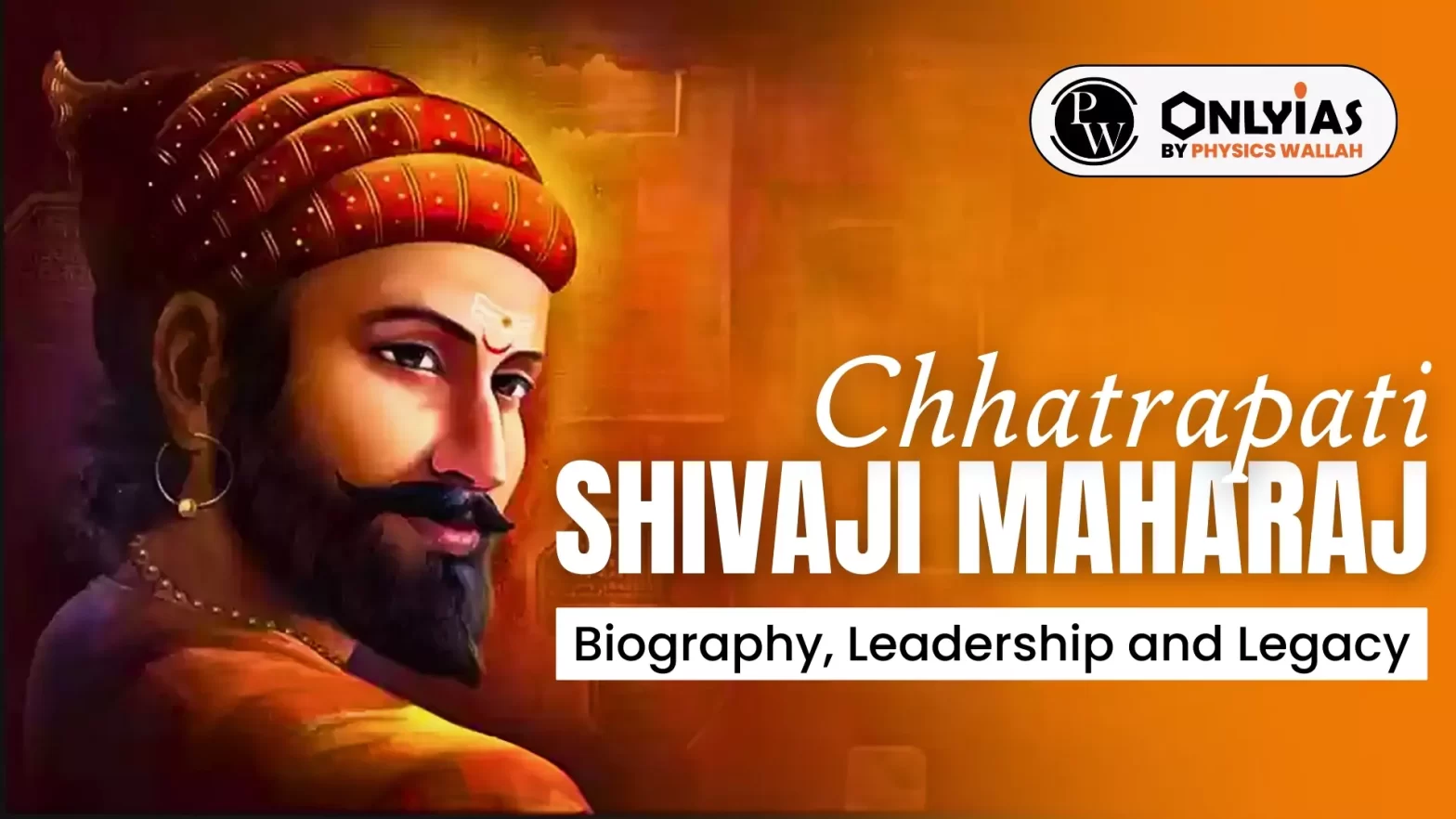
Chhatrapati Shivaji Maharaj: The period of the 17th century was an era of chaos and general discontent among the Hindu population of the Deccan. People secretly desired a savior who could eliminate the injustice and promise them the land to call their own. The liberator finally arose. History names him as Chatrapati Shivaji Maharaj.
A small but efficient council of ministers along with the responsibility of his father’s Jagir in Pune, Chhatrapati Shivaji Maharaj began to fulfill his dream of making a land free from injustice and religious intolerance. The first conquest came in 1647 at the age of sixteen. Chhatrapati Shivaji Maharaj seized the Torna fort and gradually started annexing the neglected forts of Adilshahi in the vicinity of Pune.
| Event | Description |
| Birth of Shivaji Maharaj |
|
| Early Childhood |
|
| Surrender of Shivneri Fort |
|
| Marriage and Responsibilities |
|
| Friendship with Maval Chiefs |
|
| Attempt to Recover Shahji’s Possessions |
|
| Shivaji’s Diplomatic Efforts for Shahji’s Release |
|
| Conquest of Forts |
|
| Conquest of Javali Fort |
|
| Expansion and Military Strength |
|
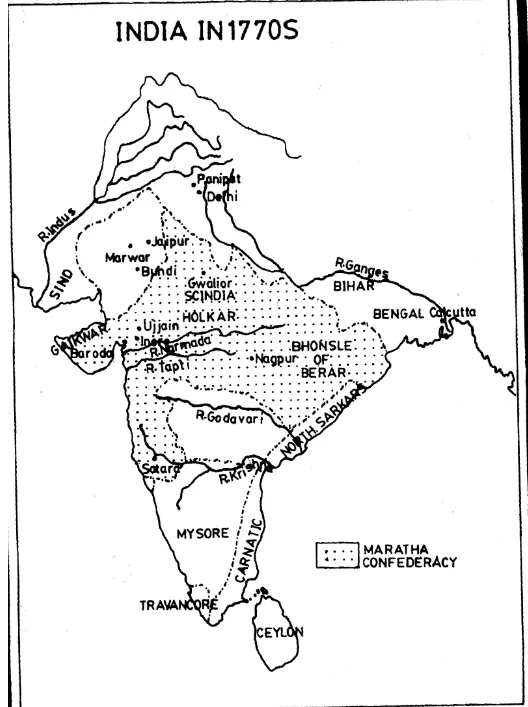
| Event \ Conquered Forts | Description |
|
|
|
|
|
|
|
|
|
|
|
|
|
|
| Captured Javli |
|
| Raided Portuguese settlement at Daman |
|
| Battle of Pratapgarh (c.1659 CE) |
|
| Battle of Kolhapur |
|
| Battle of Pavankhind (c.1660 CE) |
|
| Struggle with Aurangzeb |
|
| Treaty of Purandar (c.1665 CE) |
|
| Battle of Salher |
|
| Coronation at Raigad fort (1674) |
|
| Administration | Description |
| Central Administration |
|
| Supreme Sovereign | Chhatrapati as the supreme sovereign |
| Ashtapradhan | Team of eight ministers (Ashtapradhan) directly reporting to Shivaji Maharaj |
|
|
|
|
|
|
|
|
|
|
|
|
|
|
|
|
| Provinces |
|
| Village |
|
| Language |
|
| Religion |
|
| Revenue Administration |
|
| Introduced Chauth and Sardeshmukhi taxes |
|
| Military Administration |
|
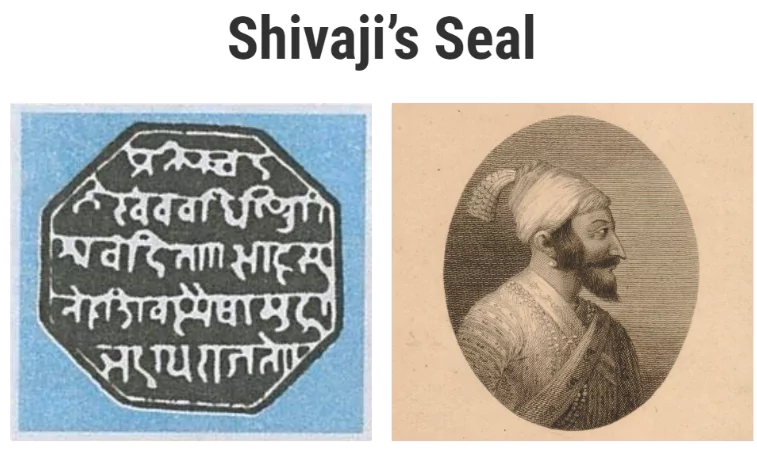

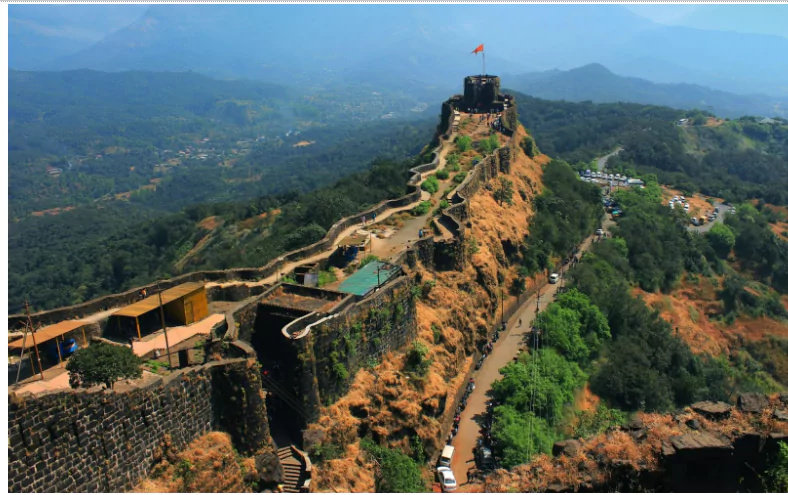
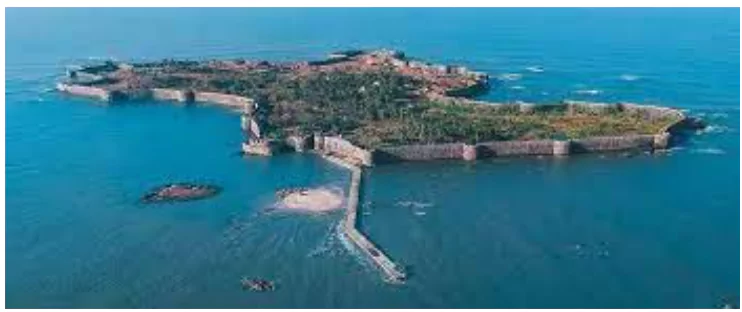


| Fact | Description |
| Shivaji’s Secularism |
|
| Derivation of Shivaji’s Name |
|
| Father of the Indian Navy |
|
| Shivaji’s Military Strategy |
|
| Shivaji’s Offer to Aid Aurangzeb |
|
| Formation of the Maratha Army |
|
| Shivaji’s Respect for Women |
|
| Escape from Panhala Fort |
|
| Proponent of Guerrilla Warfare |
|
| Shivaji’s Patriotism |
|
| Shivaji’s Compassion |
|
| Chhatrapati Shivaji Jayanti |
|
| Height |
|
Multiple Choice Questions (MCQs)
When was Chhatrapati Shivaji Maharaj born?
Who was the Maratha chief from whom Shivaji captured the fort of Javli?
In which battle did Shivaji successfully defeat Afzal Khan, representing the Bijapur Sultanate?
What was the treaty signed between Shivaji and Raja Jai Singh, representing the Mughal emperor Aurangzeb?
What was the primary language promoted by Shivaji in his court?
| Must Read | |
| NCERT Notes For UPSC | UPSC Daily Current Affairs |
| UPSC Blogs | UPSC Daily Editorials |
| Daily Current Affairs Quiz | Daily Main Answer Writing |
| UPSC Mains Previous Year Papers | UPSC Test Series 2024 |
Chhatrapati Shivaji Maharaj was a prominent ruler in 17th-century India known for his valor, administrative reforms, and establishment of the Maratha Empire in Maharashtra.
Shivaji conquered several forts and territories, including Singh Garh/Kondana, Purandhar, Rajgarh/Raigarh, and Panhala. He also captured Javli from Maratha chief Chanda Rao More.
Shivaji implemented a decentralized administration, dividing his kingdom into provinces and promoting the use of Marathi and Sanskrit. He established a council of eight ministers (Ashtapradhan) to oversee various aspects of governance.
Shivaji engaged in both diplomatic alliances and military conflicts with neighboring powers. He faced challenges from the Bijapur Sultanate, engaged in battles with the Mughals, and had interactions with the English East India Company.
Shivaji promoted Marathi and Sanskrit languages, commissioned works like the 'Rajavyavaharakosa' to replace Persian terms, and fostered a tolerant environment for religious practices, supporting both Hindus and Muslims.

<div class="new-fform">
</div>